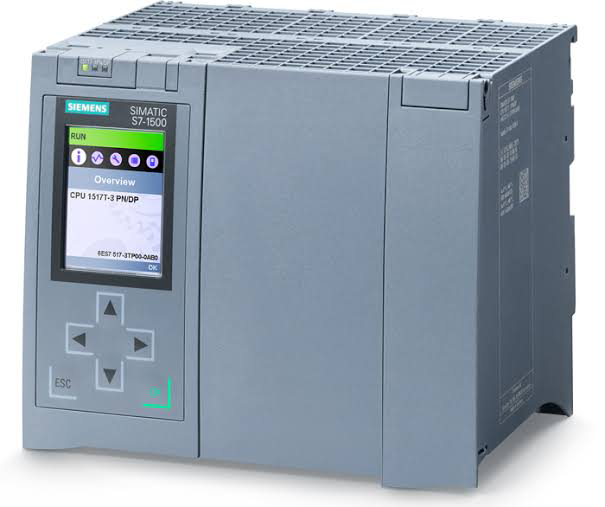FILE TRANSFER PROTCOL

File Transfer Protocol(FTP) is an application layer protocol that moves files between local and remote file systems. It runs on top of TCP, like HTTP. To transfer a file, 2 TCP connections are used by FTP in parallel: control connection and data connection. Why FTP? FTP is a standard communication protocol. There are various other protocols like HTTP which are used to transfer files between computers, but they lack clarity and focus as compared to FTP. Moreover, the systems involved in connection are heterogeneous systems, i.e. they differ in operating systems, directories, structures, character sets, etc the FTP shields the user from these differences and transfers data efficiently and reliably. FTP can transfer ASCII, EBCDIC, or image files. The ASCII is the default file share format, in this, each character is encoded by NVT ASCII. In ASCII or EBCDIC the destination must be ready to accept files in this mode. The image file format is the default format for transforming b...



